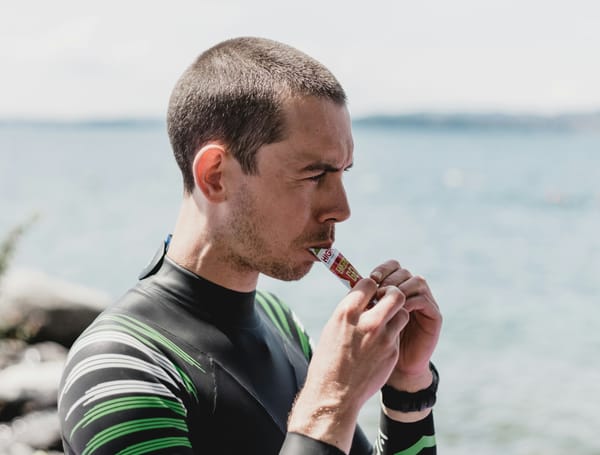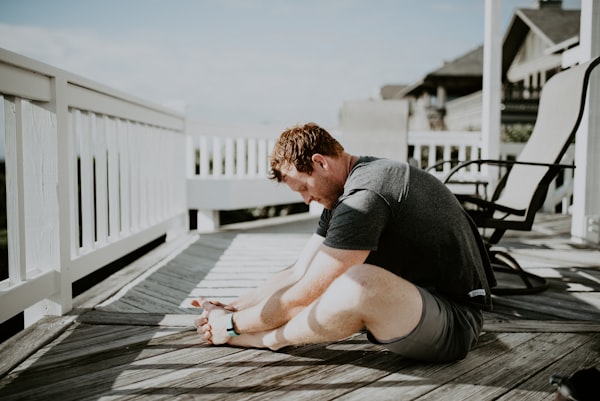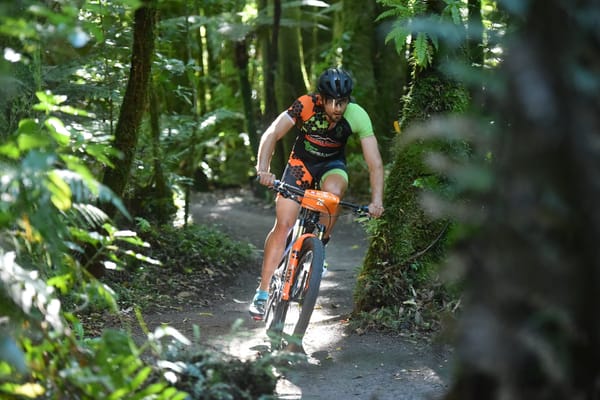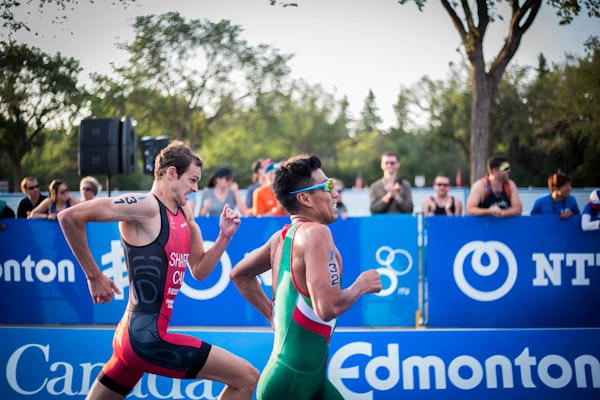Triathlon for Beginners – Part 1: Equipment
New to triathlon? Don't know what equipment is really necessary? Below are some basic swim, bike and run equipment tips for newcomers, to help you spend your money wisely when getting started in the sport of triathlon. This blog is brought to you by professional triathlete, coach and business
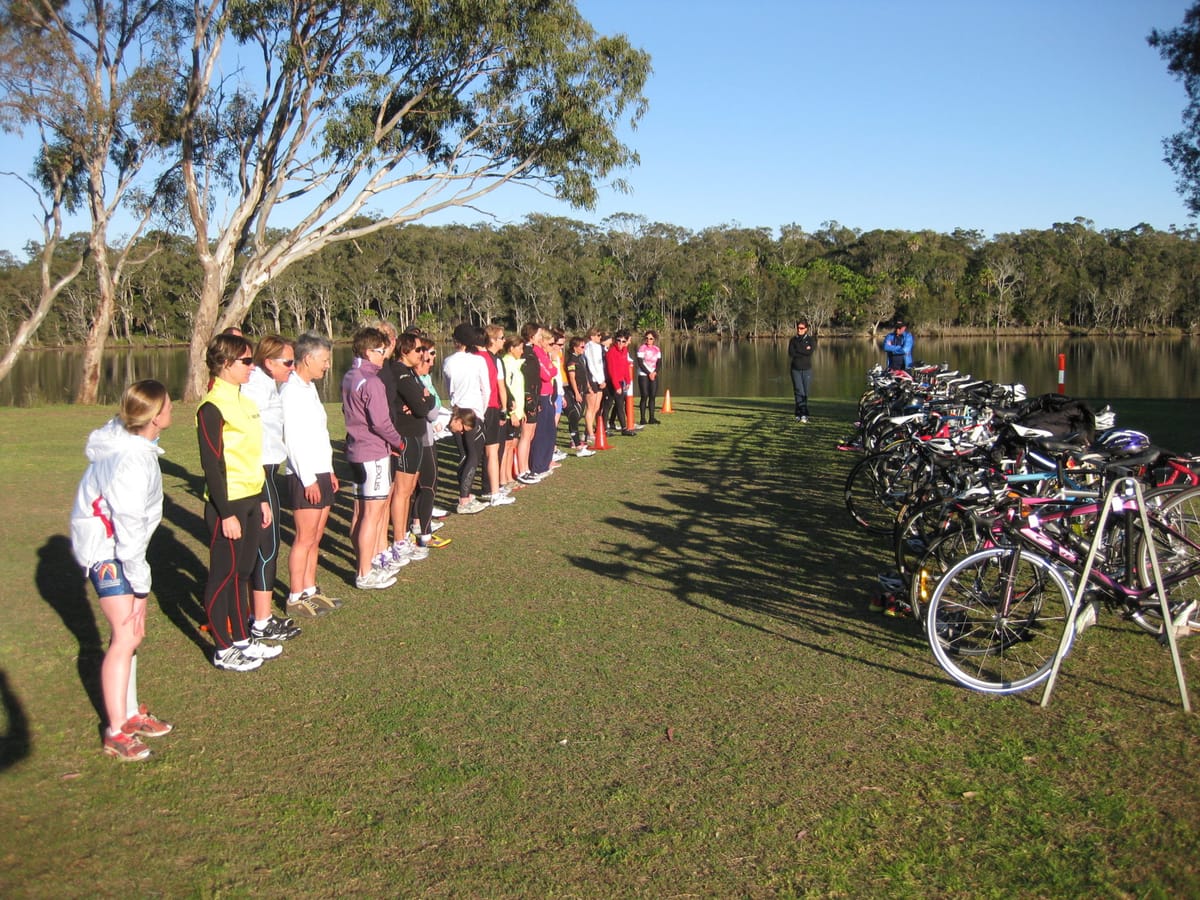
New to triathlon? Don’t know what equipment is really necessary? Below are some basic swim, bike and run equipment tips for newcomers, to help you spend your money wisely when getting started in the sport of triathlon. This blog is brought to you by professional triathlete, coach and business woman Nicole Ward of Australia. Nicole will be presenting a three part series for beginner triathletes, so enjoy the read and check back soon for part’s two and three.
Getting started in Triathlon: What Equipment do you Really Need?
With the sport of triathlon rapidly growing, and with some very expensive equipment on offer, I’m going to help those ‘Getting started in triathlon’ to hopefully address some of your burning questions.
What do you really need? I’ve broken it down by the three legs involved in triathlon, listing the basic equipment that you need to start out in this fantastic sport.
Swim
All you will need is a good pair of goggles, a cap and a swimming costume to get you started. A wetsuit is not required, but it does help in dealing with the cold water and gives you extra buoyancy, which can make swimming a little easier. To help you get more out of your swim training, equipment such as a pull buoy, kickboard, and paddles would be the next tools to purchase if you start to get more serious.
For racing, it would be a good idea to get yourself some triathlon-specific shorts, or a tri-suit that has thin padding so that you can transition straight onto the bike after the swim.
Bike
When getting started you can use just about any type of bike you like; however, it is advisable that you try to get a bike that will suit you for the distance you are planning on racing. I would recommend, as a minimum, an entry level road bike, which is the most efficient type of bike for racing on the road. An entry level road bike can be purchased pretty cheap, especially if bought second hand.
Your bike is the most expensive investment in this sport so if you have never ridden a bike and do not know if you will like it, you may want to borrow one from a friend and try it out first (alternatively get in touch with a local triathlon club and someone should be able to help you out). If you are the competitive type and looking at racing some of the longer distances, you would be best to get a bike with a triathlon specific geometry. So pop into a good bike store and tell them that you are taking up triathlon so they can recommend the most appropriate bike for you.
The next thing to consider are pedals and to start out you might want to look at getting cages (or toe clips). The toe clips are your basic pedal with a cage-like structure that allows you to slip your foot in and keeps it from sliding forward off the pedal. This allows you the ability to release your foot quickly and to wear running shoes until you have the confidence to step up to using clipless pedals. Whilst it feels a bit scary at first, after a few tries (and yes a few embarrassing falls) you will quickly learn how to easily unclip when needed. When getting clipless pedals you will also need to purchase bike shoes. There are bike shoes that are specific to triathlon (one or two velcro straps, as opposed to buckle systems found on more expensive road shoes) which are easier and quicker to release for fast transitions, so I would recommend purchasing these if you are more serious about racing. Whilst not a necessity, the final piece of equipment you might like would be tri- bars which can be clipped onto the handlebar. Down the track if you get more serious you might look to purchase carbon race wheels for events.
My biggest tip for getting a bike would be to make sure that your bike is the correct size for you. If it isn’t, you could end up wasting energy and more seriously you could also end up injuring yourself. A good bike fitting is always recommended no matter what your objectives are so make sure you visit a reputable bike store to ensure you are getting the correct fit.
Run
Whether you are competitive or not I would highly recommend going to a specialised running shoe store and getting proper running shoes that have been fitted specifically for you and your body type. Training for a triathlon can be highly demanding on your body, and a good running shoe will help prevent injuries. Don’t get caught up in looks or gimmicks, keep an open mind when seeking advice on the correct running shoe, and if in doubt visit a recommended running bio-mechanist, physiotherapist or podiatrist for advice.
Hopefully that gives you an idea of the minimum equipment you need to get you started. Any questions please get in touch with Trizone via Twitter or Facebook or post your questions below.
Stay safe and happy training!


